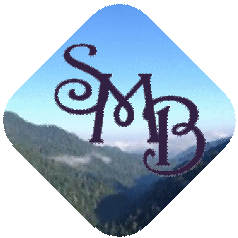
Agate Beads
Agate is a variety of translucent Chalcedony ranging in many colors due to mineral inclusions.
WE ARE ONLY ONLINE
We currently do not have a brick & mortar store open to the public.
Latest update: 2025 November 25
Updated daily
Labradorite Cabochons
All our cabs are from Brazil or Madagascar. The location is in each item's description.
An optical phenomenon called Adularescence (also called labradorescence) can often result in Labradorite being falsely identified as moonstone. However, Moonstone is a potassium feldspar and has a lower density and tends to form with monoclinic crystals. Labradorite was first discovered on the Isle of Paul in Labrador, Canada (Labrador, Newfoundland) around 1770. The color's iridescence of blue, green, orange, yellow or red are due to light interference by thin parallel layers (lamellae). Labradorite has been found in some meteorites.
According to an Eskimo legend, the Northern Lights were once imprisoned in the rocks along the coast of Labrador. It is told that a wandering Eskimo warrior found them and was able to free most of the lights with a mighty blow of his spear. Some of the lights were still trapped within the stone, and thus we have today the beautiful mineral known as Labradorite.
You will receive the exact cabochon you order







